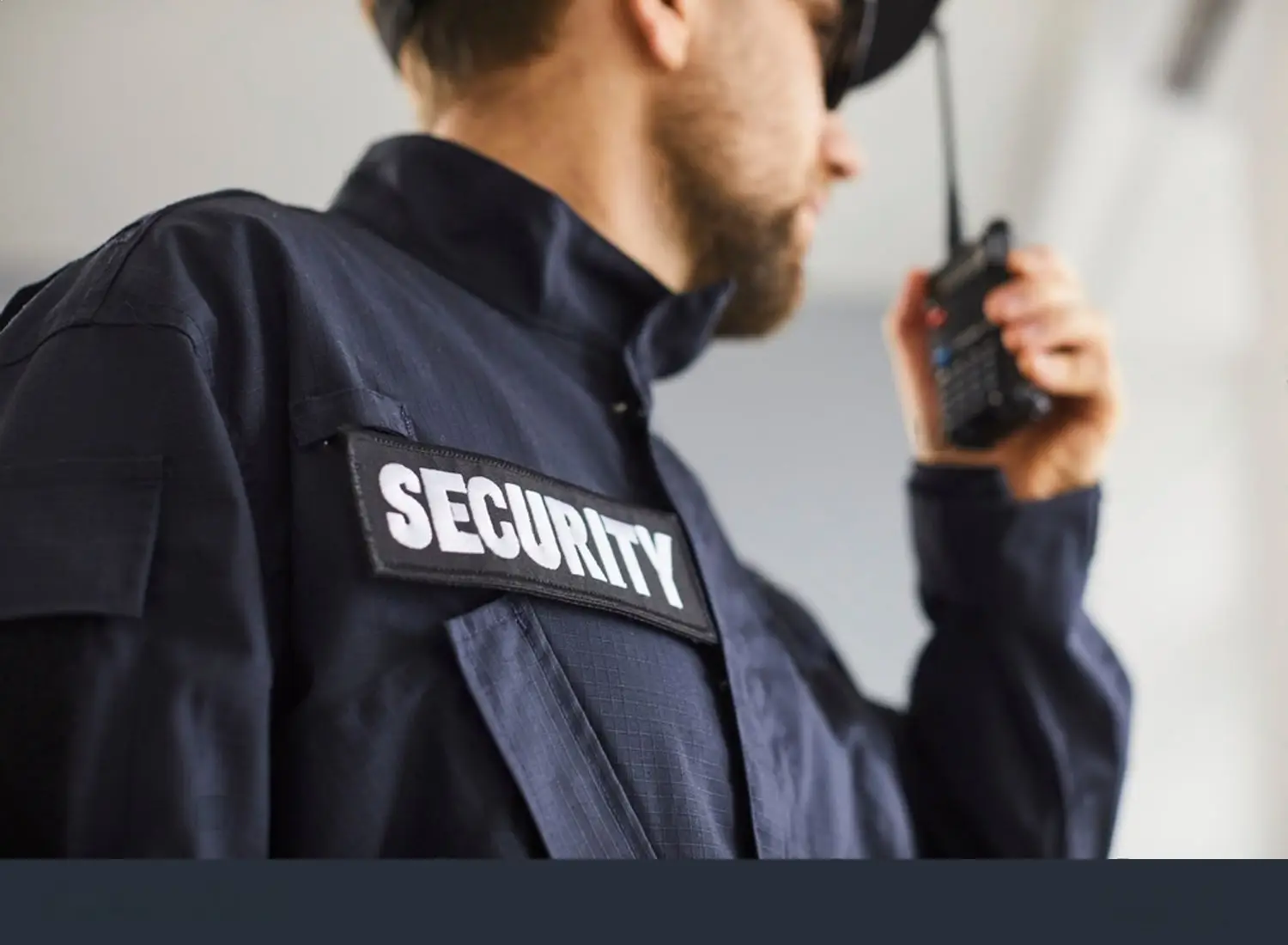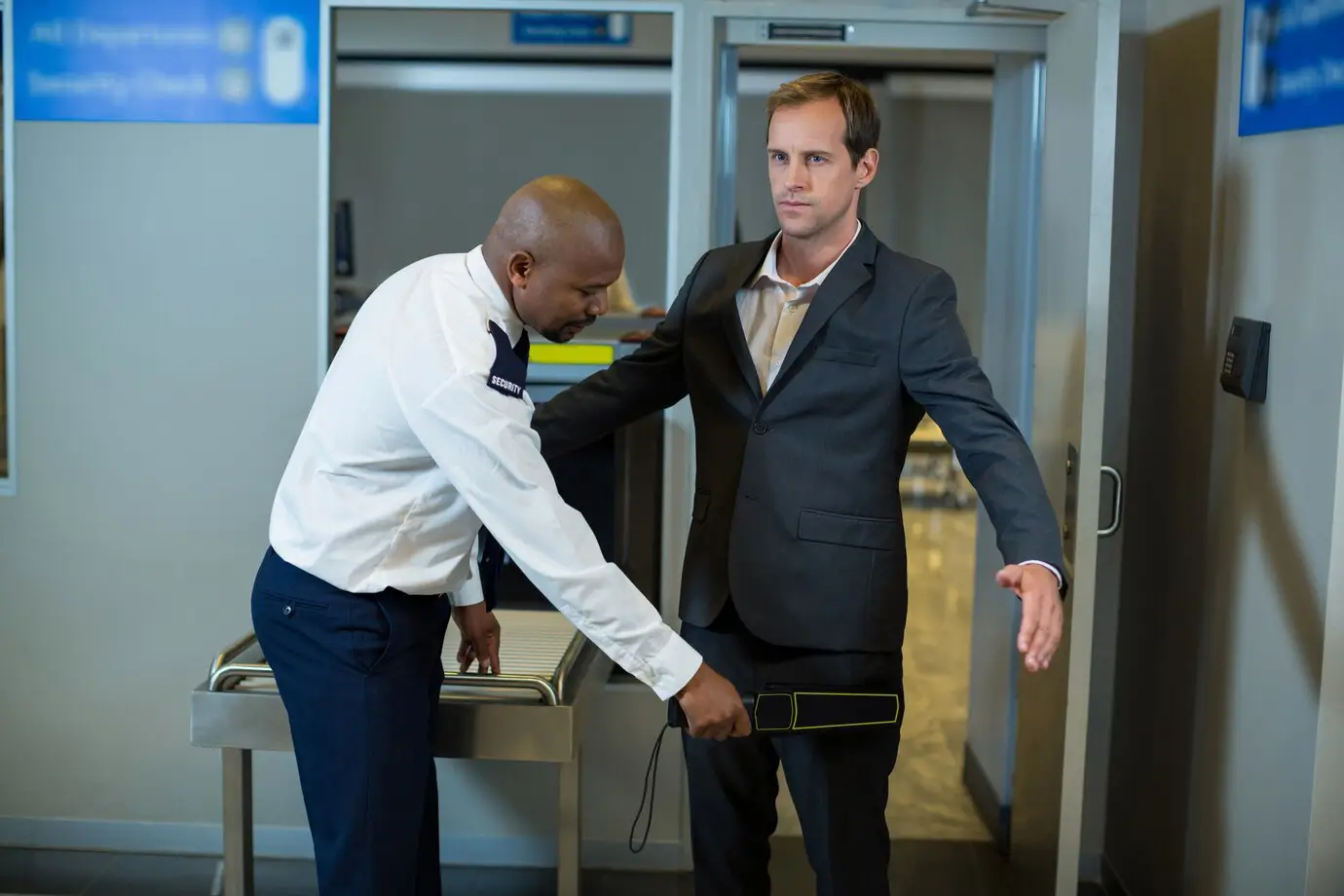
What Happens During an SIA Audit?
By London Security College Is Your Licence Near to Expire? SIA Refresher Training + First
SIA Refresher Training + First Aid– Keep Your Licence Active! Only £199
Positional asphyxia occurs when a person’s body position restricts their ability to breathe, leading to oxygen deprivation. This risk is most common in security settings during physical restraint, control techniques, and crowd management—making it a crucial topic for door supervisors, security officers, and SIA trainees.
Security professionals may need to restrain individuals in nightclubs, bars, retail settings, and events.
However, specific restraint techniques increase the risk of positional asphyxia, including:
Positional asphyxia can happen in seconds to minutes if a person’s airway or chest movement is restricted.
✔ Gasping for air or difficulty breathing
✔ Inability to speak clearly
✔ Bluish skin (cyanosis)
✔ Weakening or no response
✔ Vomiting, choking, or gurgling sounds
If these signs occur, release restraint immediately and seek medical help.
If you’re preparing for SIA security training or exams, understanding positional asphyxia is essential. Here are some exam-ready points and real-world applications:
Definition: Positional asphyxia occurs when body position restricts breathing, leading to oxygen deprivation and possible death.
Key Risks: Face-down restraint, chest compression, excessive pressure on the neck or back, and lack of monitoring.
Prevention:
SIA Exam Tip:
You may be asked how to safely restrain an aggressive person without causing positional asphyxia. The correct approach is to:
1️⃣ Use de-escalation techniques first (verbal control).
2️⃣ If restraint is necessary, avoid face-down positions.
3️⃣ Continuously check the person’s condition.
Some people are more vulnerable to positional asphyxia, including:
✔ Intoxicated individuals (alcohol or drugs)
✔ Overweight individuals
✔ Those with breathing conditions (asthma, heart issues)
✔ Individuals experiencing panic attacks or shock
Security professionals can face serious legal consequences if a person dies due to positional asphyxia:
❌ Criminal charges: Manslaughter, assault, negligence
❌ Loss of SIA License: Failure to follow safe restraint procedures can permanently disqualify you from security work
❌ Lawsuits: Families of victims can sue for wrongful death
SIA Exam Tip: Always prioritise duty of care—your security officer or door supervisor role is to protect, not harm.
A door supervisor was convicted of manslaughter after restraining an intoxicated man face-down outside a club. The customer lost consciousness and died due to positional asphyxia. The bouncer failed to monitor breathing and used excessive force.
A man died after being restrained by multiple officers in a face-down position for several minutes. The coroner ruled positional asphyxia as the cause of death, leading to a significant review of restraint procedures.
Key Lesson: Restraint should be a last resort—de-escalation techniques are always the best approach.
Positional asphyxia is a serious but preventable risk in security work. Whether you’re an SIA trainee, a licensed security officer, or a door supervisor, you must:
✔ Understand what positional asphyxia is and how it happens
✔ Learn and follow SIA-approved restraint techniques
✔ Prioritise safety over force—de-escalation is key
✔ Be aware of vulnerable individuals and avoid risky restraint positions
✔ Monitor breathing and response during any physical intervention
By applying these best practices, you reduce the risk of fatalities and protect your career, reputation, and the people you are responsible for.

By London Security College Is Your Licence Near to Expire? SIA Refresher Training + First

By London Security College Is Your Licence Near to Expire? SIA Refresher Training + First

By London Security College Is Your Licence Near to Expire? SIA Refresher Training + First

By London Security College Is Your Licence Near to Expire? SIA Refresher Training + First
London| Birmingham| Manchester | Leeds | Glasgow | Sheffield
London Security College is the leading supplier of SIA Licence courses in London. We excel in SIA Courses such as SIA Door Supervisor Course, SIA Top Up Training, SIA CCTV Surveillance Course, First Aid Courses, Traffic Marshal Banksman Course Online, and Forklift Training Course.
“It is impossible for a man to learn what he thinks he already knows”
London Security College
International House,
24 Holborn Viaduct,
London, EC1A 2BN
020 8050 4108
Copyright © LONDON SECURITY COLLEGE is a training and hiring platform

Fill in the form below